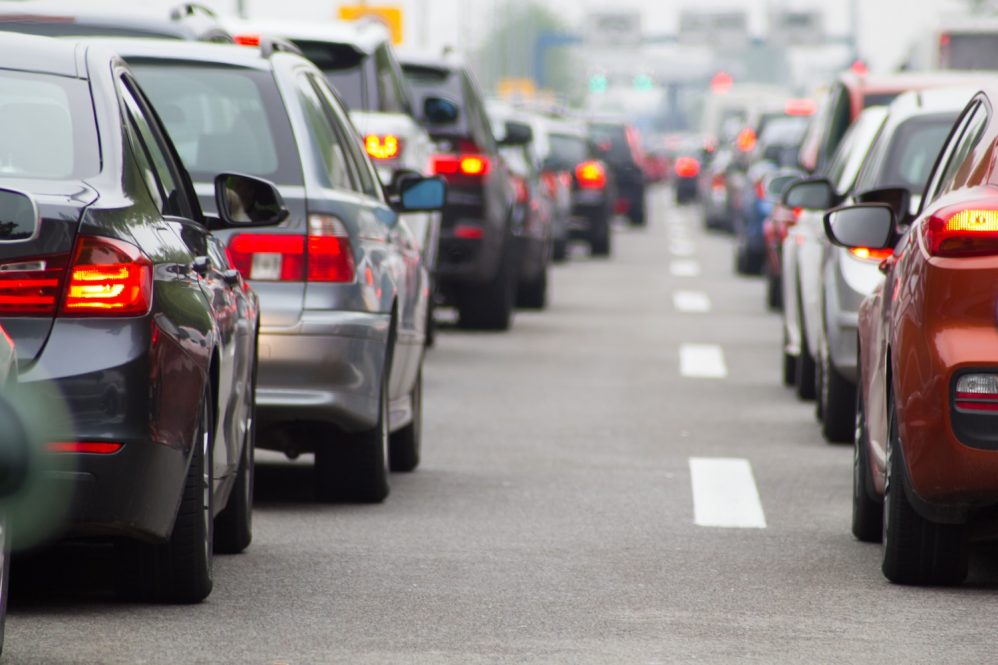 A 2009 report released by a team of UConn researchers concluded that drivers are more likely to reduce their speed when certain roadway design features are present than in response to speed limit signage. Based on a study conducted by a Civil & Environmental Engineering team of professors John Ivan and Norman Garrick along with graduate student Gilbert Hansen, the report was highlighted on the pages of online news site www.infrastructurist.com.
A 2009 report released by a team of UConn researchers concluded that drivers are more likely to reduce their speed when certain roadway design features are present than in response to speed limit signage. Based on a study conducted by a Civil & Environmental Engineering team of professors John Ivan and Norman Garrick along with graduate student Gilbert Hansen, the report was highlighted on the pages of online news site www.infrastructurist.com.
The report documents the team’s findings based on their observation of vehicle running speeds at approximately 300 separate urban, suburban and rural areas across Connecticut. The team selected locations without horizontal curves or traffic control devices, and captured data for only those vehicles traveling through the section unimpeded either by leading or turning vehicles. At each locale, the researchers observed the so-called roadside environment and applied predictive models to learn more about how free flow vehicle speed, roadway and roadside characteristics and crash incidence and severity are related.
They concluded that drivers slow their speed when traveling streets that feature on-street parking or sidewalks, and on streets located in downtown/commercial areas where buildings are closer to the road. The team observed consistently faster speeds when drivers traveled roads having wide shoulders, large building setbacks and residential locations. In explaining their findings, the team theorized that drivers reduce their speed when a road feels “hemmed-in” or contains noticeable street activity, while speeding up on roads that appear visually “wide open” or are characterized by less noticeable street activity.
For example, the team analyzed two locations less than one mile apart on the same road. The two locations are nearly identical, including the width of the pavement available for motor vehicle travel, but one features on-street parking. The average speed at the location without parking was clocked at 13.2 mph higher than at the one without. The team found that on average, over all locations, the presence of parking reduced the average vehicle speeds by 2.2 mph. The trend held for roads in rural and suburban commercial locations as well. On roads having shoulders of 6 or more feet in width, the mean speeds were 2.8 mph higher than on roads with shoulders of less than 2 feet in width.
Dr. Ivan commented that while these variations alone may seem small, the difference in mean speeds can be as high as 10 mph for roads with different combinations of roadway and roadside design features. Based on their findings, the research team recommends that roads in settled areas be designed to encourage drivers to travel at slower speeds that will promote greater safety for non-drivers. They recommend the design of roadways having shoulders of no more than two feet in width, and including sidewalks and on-street parking.
The research was sponsored by the Connecticut Cooperative Transportation Research Program of the University of Connecticut and the Connecticut Department of Transportation. The full report may be viewed at http://www.infrastructurist.com/wp-content/uploads/driving-speed-influence-study.pdf



